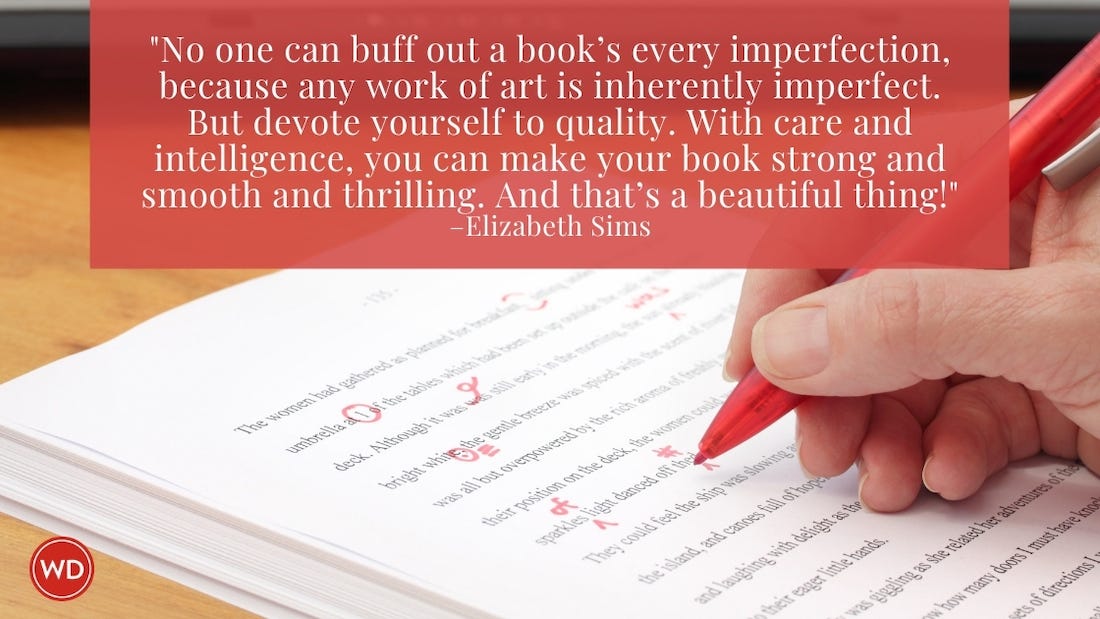Writing a Query Letter: The Best Way To Land Your Next Freelance Writing Gig
Are you new to freelance writing or perhaps having trouble selling your work to editors? Today’s tip of the day can help. Kelly James Enger, author of Writer For Hire,…
Are you new to freelance writing or perhaps having trouble selling your work to editors? Today's tip of the day can help. Kelly James Enger, author of Writer For Hire, explains the importance of writing a query letter and gives an example of one.
When you think successful freelancer, what skill first comes to mind? If you said writing, you’re wrong. It’s selling—and that’s why the first section of this book is devoted to marketing.
I’ve seen dozens of former editors dabble in freelancing only to return to staff jobs—and often the cause is their discomfort with marketing. If you can’t sell your writing, you won’t succeed as a freelancer. The secrets in this section will help you market more efficiently both to new and regular clients, and ensure a steady stream of freelance work.
Master Writing a Query Letter
If you want to freelance for publications (whether trade or consumer, print or online), you’ve got to be able to query, and query well. A query letter has multiple functions. It serves as a sales pitch, a letter of introduction, and a writing sample—and it’s how you demonstrate that you understand the editor’s market and can give her what she wants.
New writers often struggle with query letters, but the letters don’t have to be complicated. I find that when you have a template to follow, you’re able to draft compelling queries more quickly.
My template for a query includes a basic four-paragraph structure:
- The lead, which is designed to catch the editor's attention. It might be a startling statistic, a time peg, or an anecdote. Your lead should interest the editor enough to continue reading your query.
- The why-write-it section. This paragraph (or two, if you have a particularly detailed query) fleshes out the idea, demonstrating why the readers of the magazine will be interested in the topic.
- The nuts-and-bolts paragraph. Here you give the details of the story itself. What types of sources will you contact? How long will the story be? Will it have sidebars, and if so, how many? What section of the magazine will the story fit in? What's the working title?
- The I’m-so-great paragraph, or ISG. Here you highlight your relevant qualifications, including your writing experience and background with the subject matter. This is the paragraph in which you showcase your unique qualifications and convince the editor to give you the assignment.
Because I have the structure down, so once I have my background research done, I can pound out a query in a matter of minutes.
That’s it. Catch the editor’s attention, make the case for your story, tell the editor how you plan to approach it, and demonstrate why you’re qualified to write the piece. Include all four elements in every query and I guarantee you’ll see better results.
When you buy Writer For Hire you'll learn more tips on marketing, writing, and selling your work, including:
- 101 secrets to success which are organized into five key strategies
- Sample query letters and mistakes to avoid
- Invaluable advice on how to run a freelance business including managing deadlines, writing successful queries, working with — and vetting — potential clients, handling taxes, invoices, and more
- Ways to boost your freelance writing career with effective strategies for getting more writing jobs, networking in-person or online, establishing yourself as an expert, working efficiently under tight deadlines, and handling rejection with confidence








